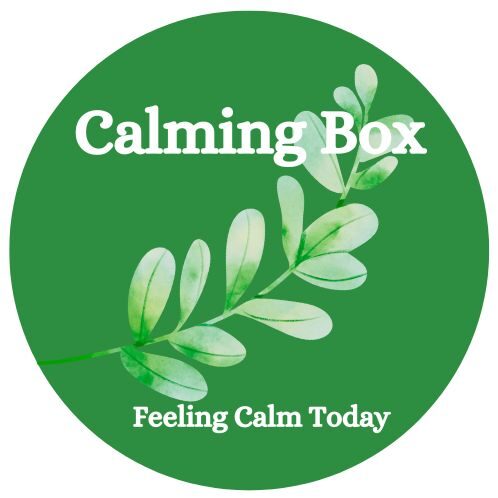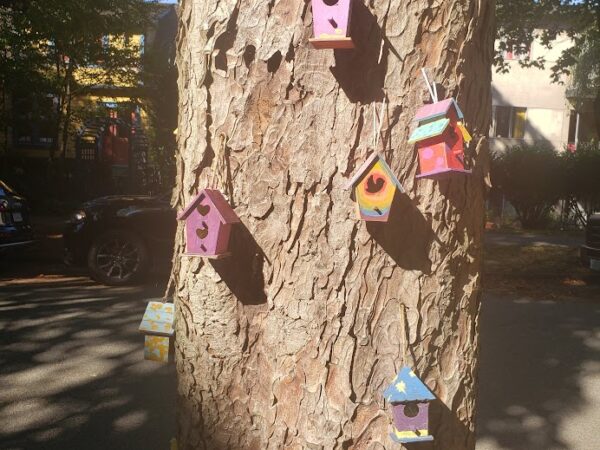A Healing Journey
Since it can be stressful to constantly avoid stressful situations we can consider building our sustainable foundation of calm on our own terms.Our trauma is an overwhelming force, leaving us struggling with a range of emotions that challenge us.
And, challenge others who may not understand what is happening. Our behaviour can look strange to those who do not know what trauma response looks like.
Validation is crucial and acknowledging that trauma is not a sign of weakness.
It is a response to experiences that surpassed our coping mechanisms.We may have had to survive physical turmoil and emotional abuse.
It’s about accepting the validity of our emotions and experiences, granting ourselves the compassion we often extend to others.
Creating inner safety for ourselves, can entail setting our sustainable boundaries. Boundaries serve as protective shields, safeguarding our emotional and mental well-being.
Recognizing the need to establish limits allows us to navigate the healing process at our own pace, fostering an environment for growth.
Body therapy emerges as a powerful ally.The quest to find the right therapeutic approach is unique to each individual, emphasizing the importance of experimenting with various modalities. Whether it’s yoga, somatic experiencing, or other body-centered practices, the aim is to reconnect with the physical self and initiate healing from within.Do not feel like you are hopeless if you are not doing yoga. You can find other ways to feel present. It can be singing, humming, noticing your fingers.
Healing is not an instantaneous process; it is a building block that unfolds in its own time.
Trauma disrupts the natural flow of life, and the restoration of balance requires patience and perseverance. There is no rush to build your sustainable platform of calm and peace. It is yours and yours alone. Which is okay.
Try to practice, as best you can, not comparing yourself to others. It is really a waste of your beautiful life. You are special in your own way. Learn to listen, with a great spaciousness allowing room for understanding, is a skill that aids in the healing process.
Trauma often isolates. The body needs calming box tools and methods to manage.
Finding the courage to lean into discomfort, rather than distracting ourselves, is the key to breaking the cycle.
Staying curious, practicing self-compassion, and trusting our inherent capacity for healing are essential components. Ignoring parts of ourselves perpetuates internal fractures, creating conflict among the various aspects of our being. It is through openness and discovery that we knit these fragments together, allowing the journey of healing from trauma to unfold.
Keep going on the days you can and rest on the days you cannot cope. Rest can mean cutting yourself some slack as you try to manage daily obstacles.

